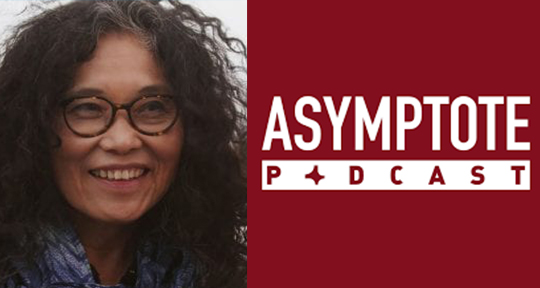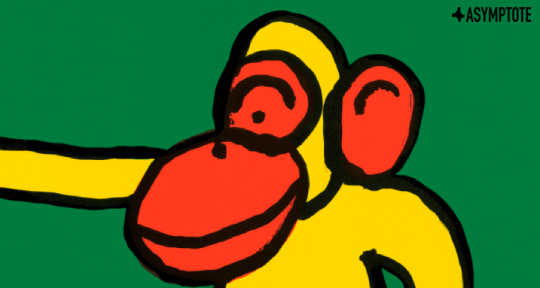This Translation Tuesday, we’re thrilled to bring you three personal essays from pre-eminent Japanese author and poet Hiromi Itō, about her aging, beloved German Shepherd, Také. Unflinching in their portrayal of Také’s life, from her irrepressible youth to her gradual physical decline, Itō’s essays contemplate the often brutal inevitabilities of mortality in a quiet, understated prose, translated here by Jeffrey Angles with the aid of students in his translation seminar.
Canine Instincts
If I don’t write this quickly, I feel like I’ll be leaving Také behind, and I could hardly bear the thought of that.
Také is a German Shepherd who has reached the ripe, old age of thirteen. Meanwhile, I’m a fifty-six year-old human being. If I were a dog, I’d have kicked the bucket ages ago. Fifteen years ago, I came to Southern California with my two daughters, and we’ve been here ever since. A year and a half after our move, Také joined us. In other words, she’s been with our family for most of our time in California.
Today, I took Také on a walk to the park near our home like usual. Each time, she always wants to take the same path she’s walked her entire life. The route never varies, and once we start, she won’t be satisfied unless we go the whole way. That’s why I began to drive us back and forth—to decrease the burden on her tired, old body as much as possible.
Today, after we took our walk and returned to the car, I found my keys were missing. I must’ve dropped them somewhere. When I turned back to look, Také made a stubborn expression and refused to budge. READ MORE…





